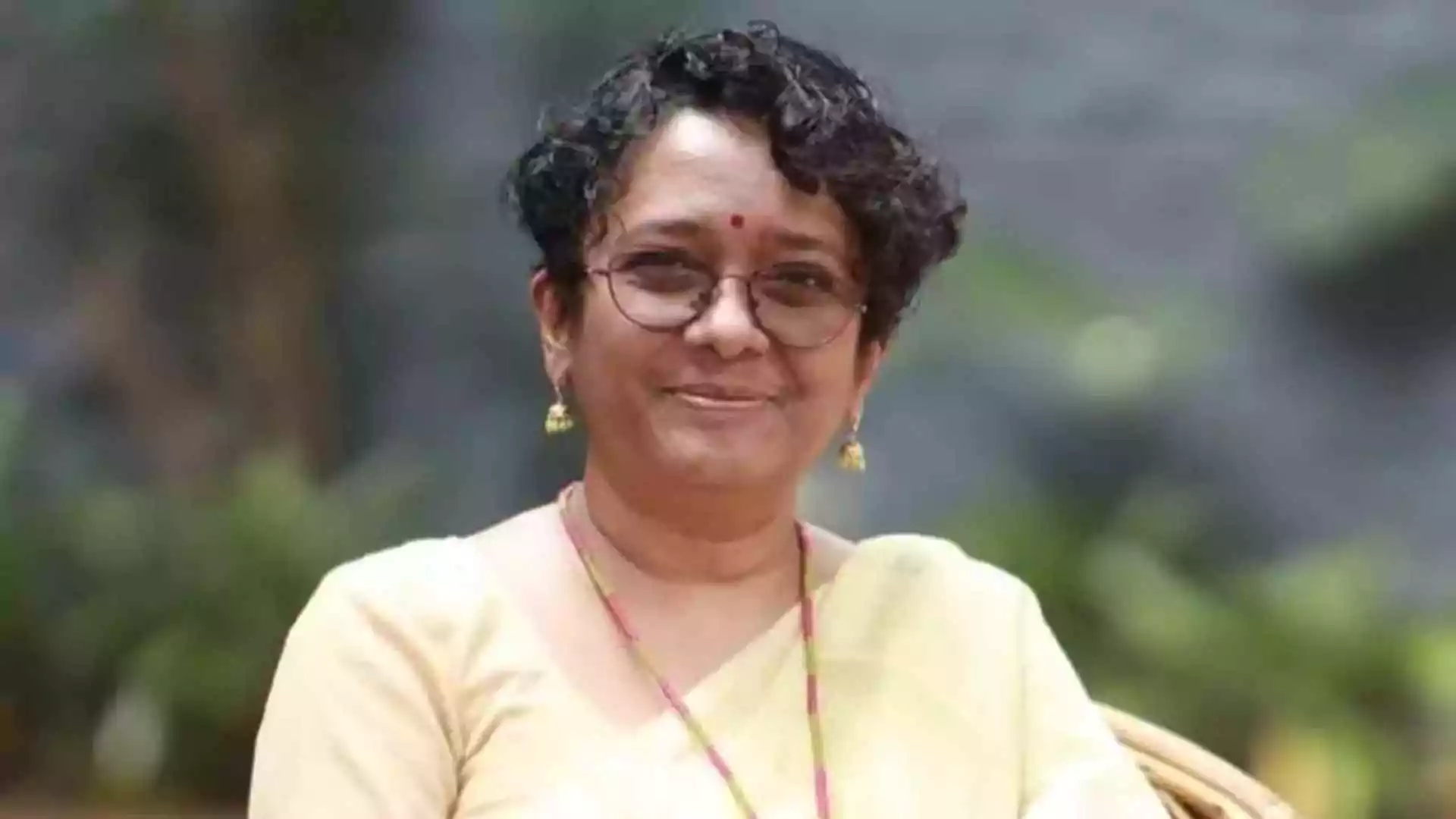The recent tragedy in Bengaluru has sparked widespread discussions, as a techie, Atul Subhash, ended his life, leaving behind a 24-page note and an 80-minute video. In his final message, Subhash accused his wife, Sumita (name changed), of inflicting years of emotional and mental torture on him and his family.
Subhash was found hanging in his residence at Manjunath Layout, under the jurisdiction of Marathahalli Police Station. The incident has reignited concerns over the silent struggles faced by many individuals.
Adding to the discourse, data from the National Crime Records Bureau (NCRB) sheds light on the alarming suicide statistics in India. The report highlights that ‘family issues’ remain the leading cause of suicides in the country, underlining the need for urgent societal and mental health interventions.
Suicide Statistics in India: NCRB Data
Each year, over 1,00,000 individuals in India tragically take their own lives, highlighting a pressing need for attention to mental health and societal pressures. Among these cases, women often fall victim to issues such as marriage-related problems, particularly dowry harassment, and challenges related to impotency or infertility.
However, men comprise a significant majority of suicide cases, with alarming trends observed in recent years. In 2019 alone, nearly 75% of the total 1,00,000+ suicides involved men, equating to over 80,000 male lives lost. In contrast, women accounted for approximately 34,000 cases (25%). Matrimonial disputes played a substantial role, with 37% of male suicides attributed to such conflicts.
The most vulnerable age groups are young adults (18–30 years) and middle-aged individuals (30–45 years), contributing to 34.6% and 31.8% of total suicides respectively. By 2021, this troubling trend had escalated further, with around 1.2 lakh men ending their lives across the nation.
These statistics underscore the urgent need for societal reform, mental health awareness, and support systems to address the multifaceted challenges faced by individuals, particularly men, in dealing with personal and social pressures.
According to the National Crime Records Bureau data between 2021 to 2022, the majority of the suicides are being committed by the age group of 18 to 30 years with 34% and 35% respectively. The total number of suicides in 2021 is 164,033 whereas there 2022 witnessed a slight surge in the cases with 170,924.
The least number of suicides committed is by the age group below 18 years in both the 2021 and 2022.
Reason For Suicides In India
According to the data from the National Crime Records Bureau, ‘Family Issue’ remains to be the major reason for suicides in India for both 2021 and 2022. Followed by mental health illness with 30,446 suicide in the year 2021 whereas 31,484 suicides in the year 2022.
The below statistics shows that what are the other reasons that leads to suicides In India:
Subhash, who worked as a senior executive at a private firm, had been living alone following his separation from his wife. A detailed 24-page suicide note was recovered from the scene, consisting of four handwritten pages and 20 typed pages.
In the note, Subhash reportedly accused his wife and her family of relentless harassment linked to ongoing marital discord. He alleged that his wife, despite being employed at Accenture and earning her own income, was already receiving ₹40,000 monthly as maintenance but continued to demand ₹2–4 lakhs.
Subhash had shared the note via email with multiple individuals and a WhatsApp group associated with an NGO he was a part of, making his grievances public before taking this drastic step.
The parents are presently in Samastipur, which is the native town of Atul Subhash.
Also Read: Who Is Rita Kaushik? District Court Judge Who Provoked Atul Subhash To Kill Himself
























